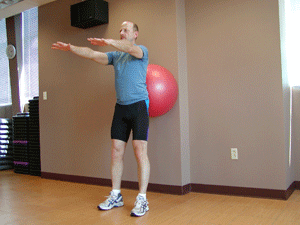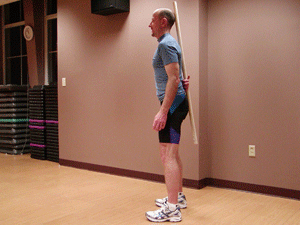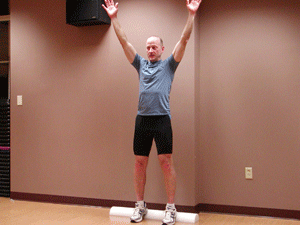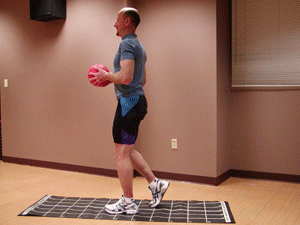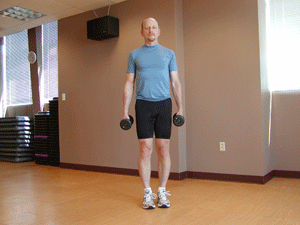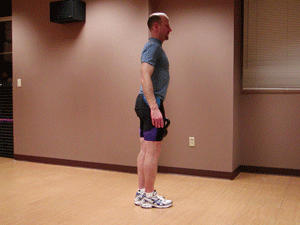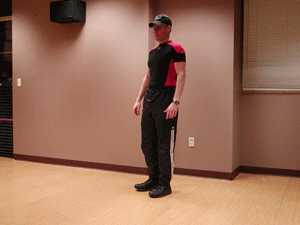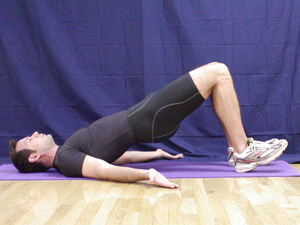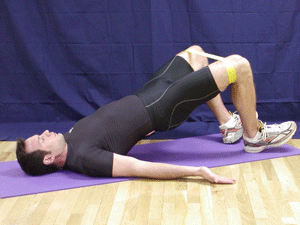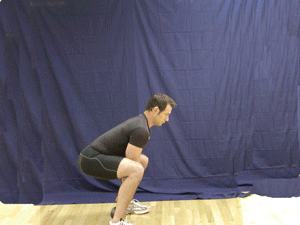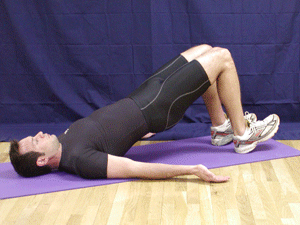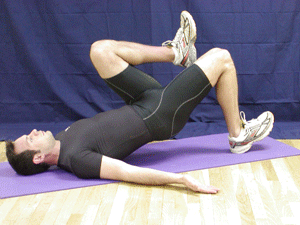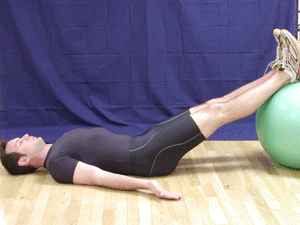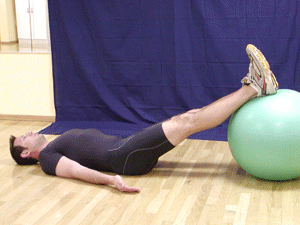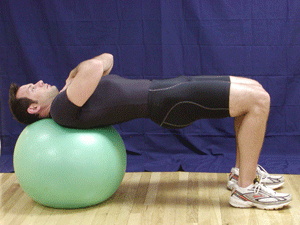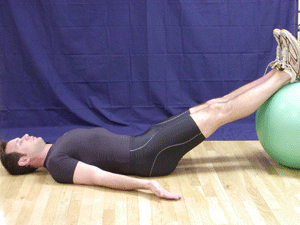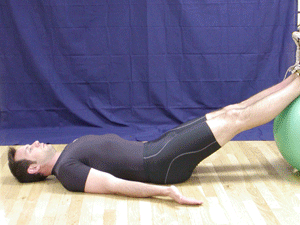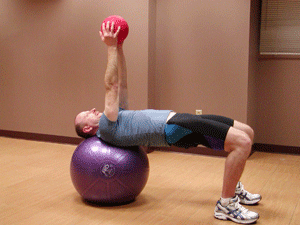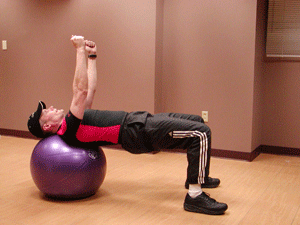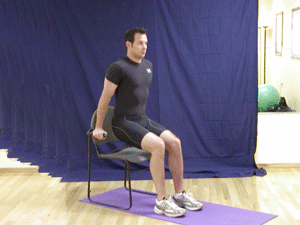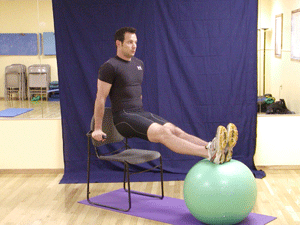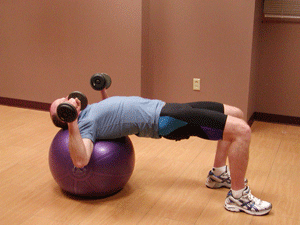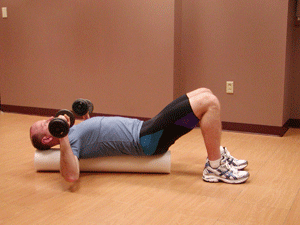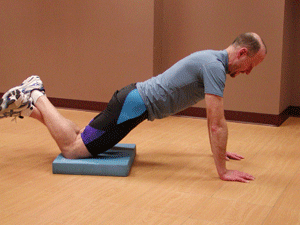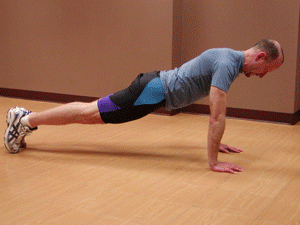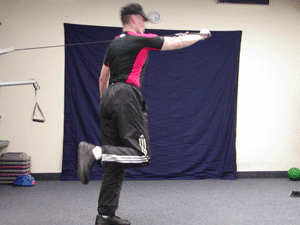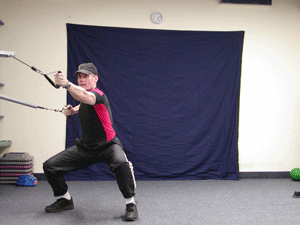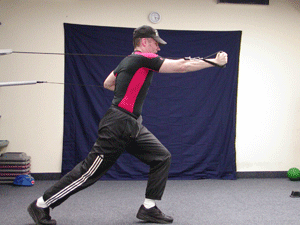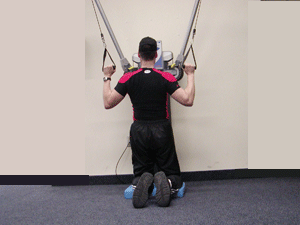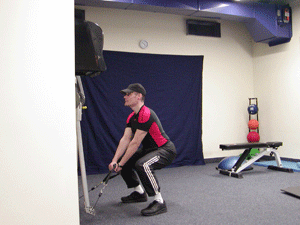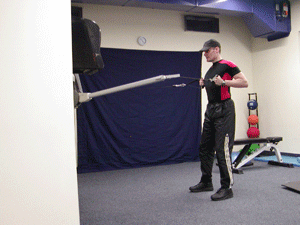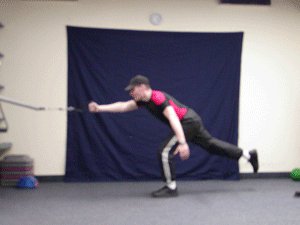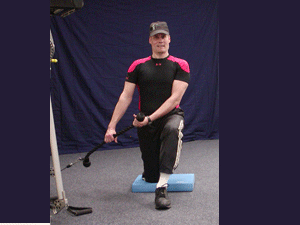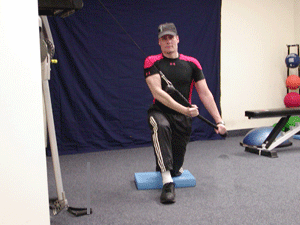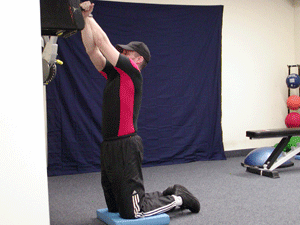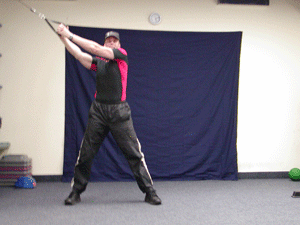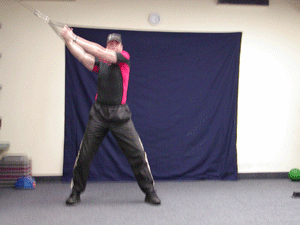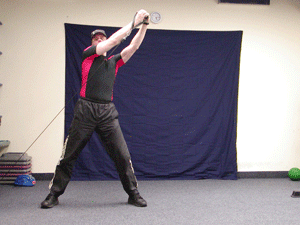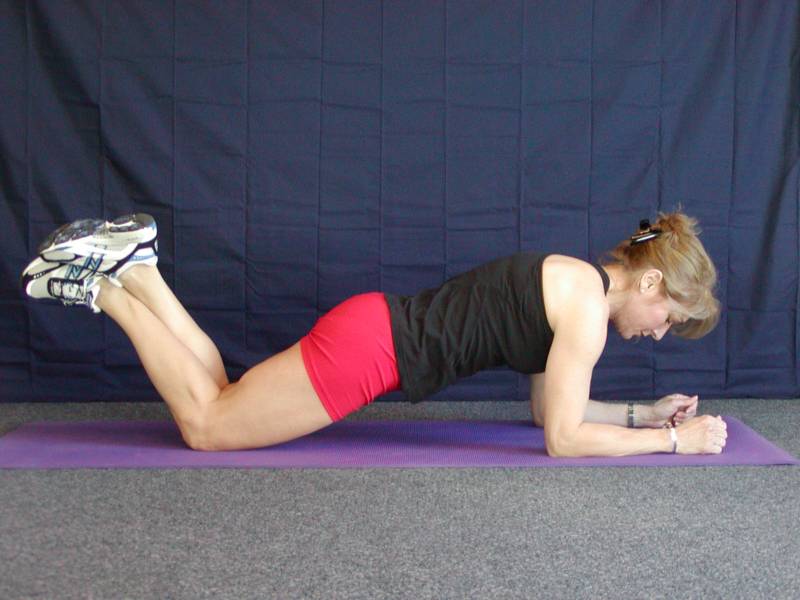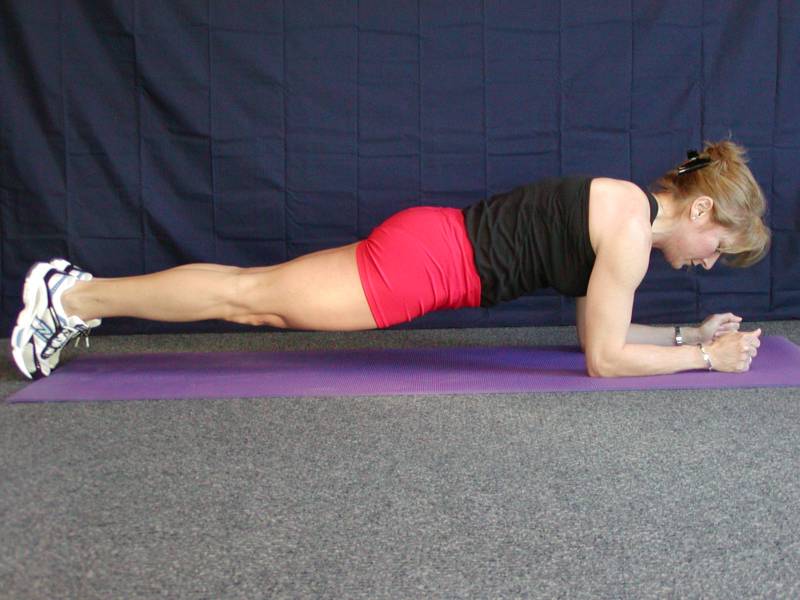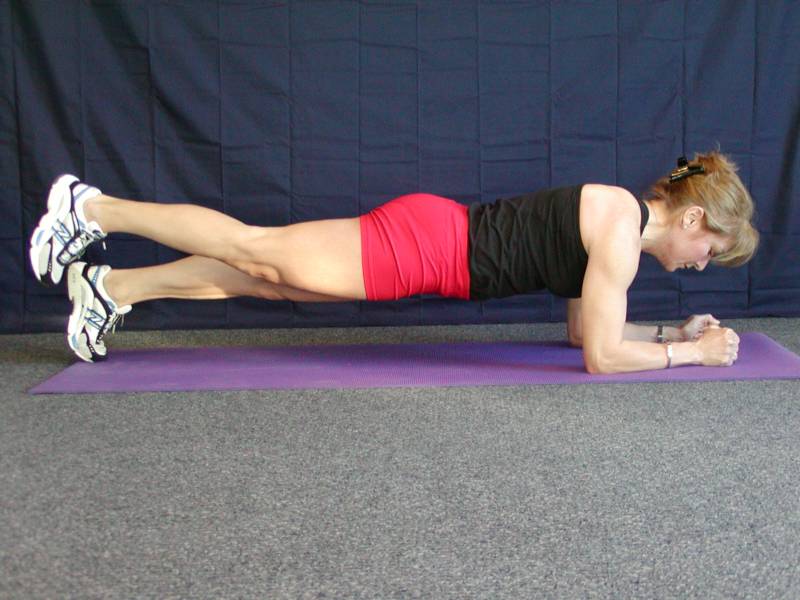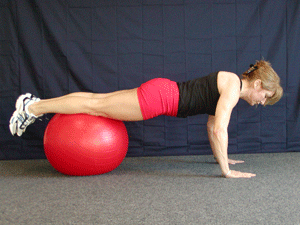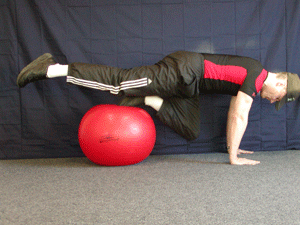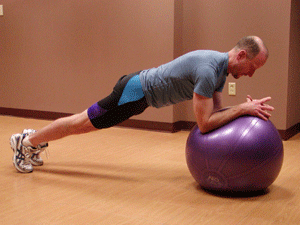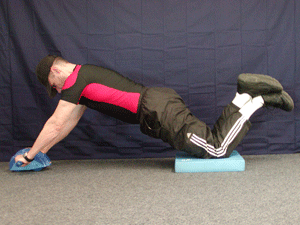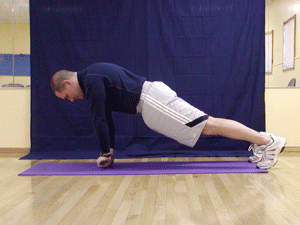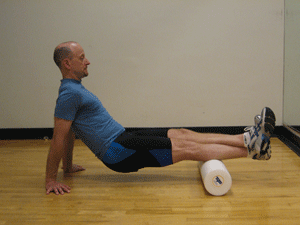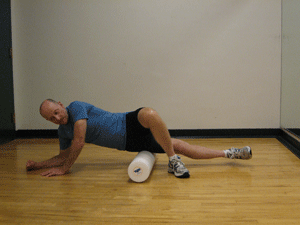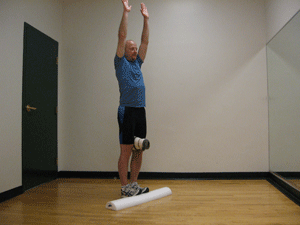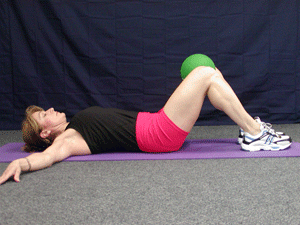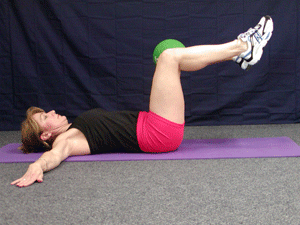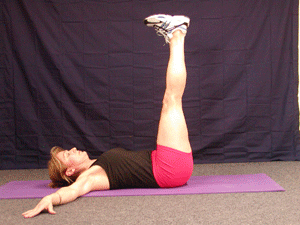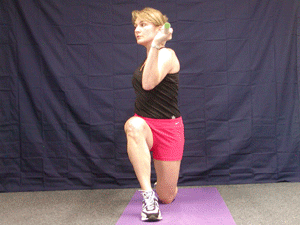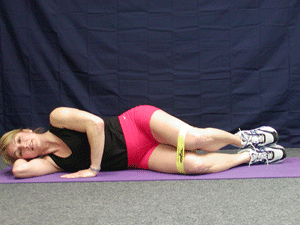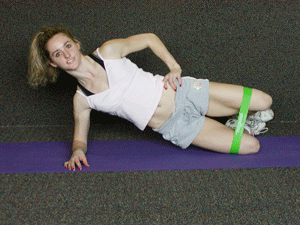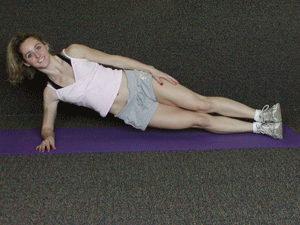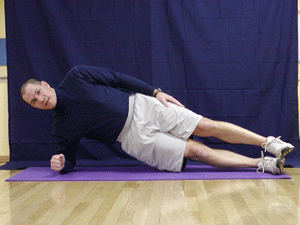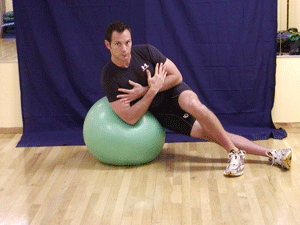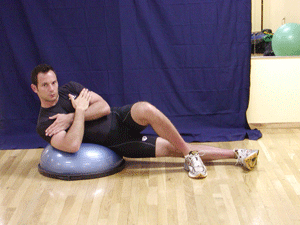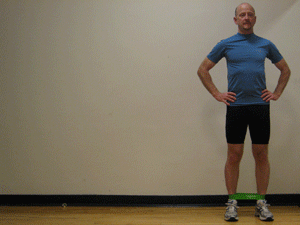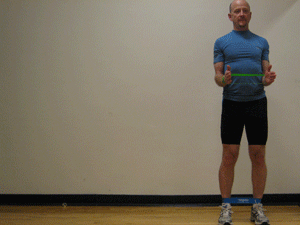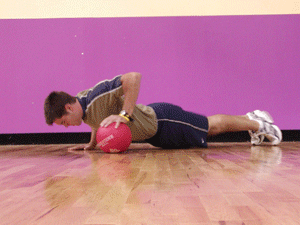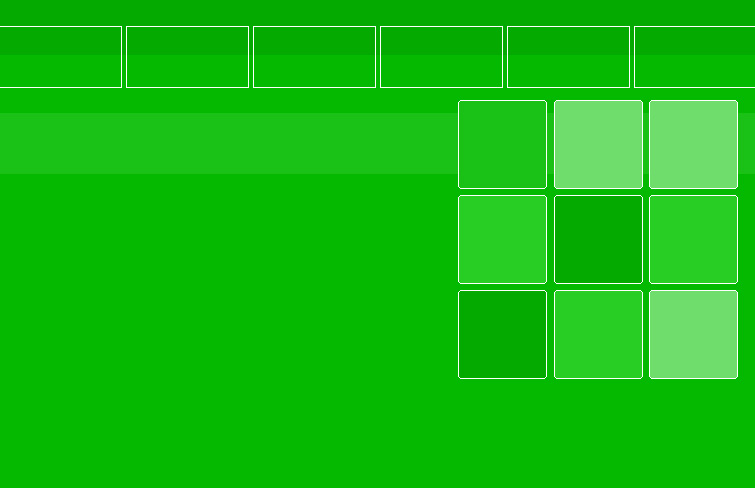
Exercises
Many popular books and exercise programs include exercises that are randomly organized and not based on a hierarchy of difficulty. This leaves the reader or exerciser frustrated if they can't do the exercises that are laid out in these aforementioned books.
Core Essentials takes pride in presenting the exercises in a way that most (if not all) people can perform, due to this hierarchy of difficulty.
There are 6 Templates in which each exercise is graded from easiest to hardest. Keep in mind, some templates (even though they are listed from easiest to hardest) may not be graded perfectly.
Pick one exercise (from each template) that is challenging but not overwhelming, think perfect form here. These exercises mimic the basic patterns of human movement--squatting, lunging and 1 leg standing, as well as upper body pushing and pulling patterns which are paramount motions in everyday living.
I believe in integrated strength, which simply means promoting movements that require full body effort & awareness which will improve one's ability to perform Activities of Daily Living (ADL's) and sport.
I recommend doing the MOVEMENT PREP exercises FIRST prior to doing the below exercises (scroll to the bottom of this page for details).

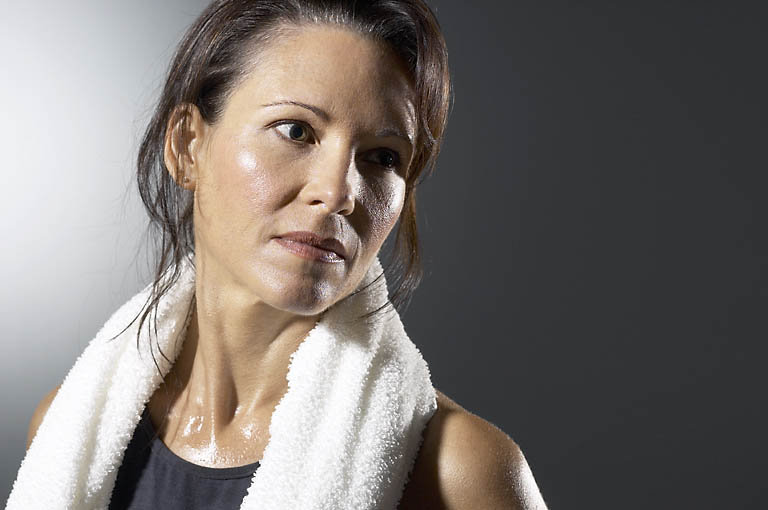
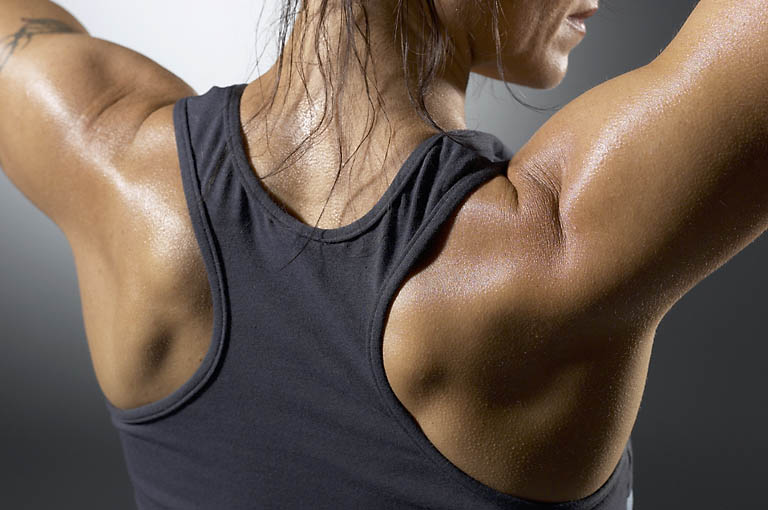
1. Ball Squat
2. Two-Leg Deadlift
3. Full Squat
(heels on 1/2 foam)
4. Dippin' Bird
5. Side Lunges
7. One Leg Deadlift
8. One Leg Squat
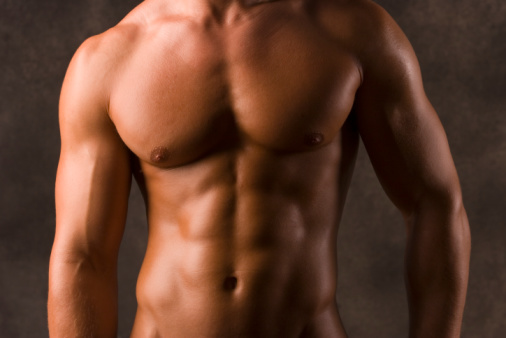
6. KettleBell Swing
1. Two-Leg Bridge
2. Bridge w/ Fallout
3. Bridge w/March
4. One-Leg Bridge
5. Ball Bridge
6. Bridge w/Alt Leg Lift
7. Tabletop
8. Two-Leg Curl
9. One-Leg Curl
10. Russian Twist
11. Russian Twist w/Elbow Support
For a FULL explanation of each exercise, please place your mouse pointer on the exercise you want to learn about and left click the mouse once.
1. Seated Dip
2. Long Sitting Dip
3. Ball Bench
4. Bench on Foam
5. Incline Push-Up
6. Push-Up on Knees
7. Push-Up on Toes
9. Standing Press
10. One Arm/One Leg Press
11. Push/Pull with Rotation
12. Jog and Jab
Template 1--Lower Body Standing Progressions
Template 2--Supine Bridge Progressions
Template 3--Upper Extremity (PUSH)
Template 4--Upper & Lower Extremity Combo (Pull)
1. Kneeling Pulldown
2. Kneeling Field
Goal Exercise
3. Squat to Field
Goal Exercise
4. One-Leg Squat to Field Goal Exercise
5. Squat to Row
6. One-Leg
Squat to Row
7. Half-Kneeling Lift
8. Half-Kneeling Chop
9. Kneeling Arm Ext.
(D1 Extension)
10. Standing Chop
(Static Hips)
11. Standing Chop
(Dynamic Hips)
12. Standing Lift
(Static Hips)
13. Standing Lift
(Dynamic Hips)
Template 5--Prone Progressions
1. Plank--
Elbows & Knees
Elbows & Knees
2. Plank--
Elbows & Toes
Elbows & Toes
3. Plank--
Elbows & Toes w/Hip Ext.
Elbows & Toes w/Hip Ext.
4. Prone Ball Walk-Out
5. Prone Ball Jack Knife
2 Leg Support
2 Leg Support
6. Prone Ball Jack Knife
1 Leg Support
1 Leg Support
7. Elbows on Ball
Alternate Hip Flexion
Alternate Hip Flexion
8. Prone Rolling Wheel
(on knees)
(on knees)
9. Prone Rolling Wheel
(on toes)
(on toes)
Template 6--Transverse & Frontal Plane Stabilization
8. Plyo-Push-Up
Movement Preparation/Stretches
Foam Roller/Calves
Explanation:
Many muscles develop "knots" or adhesions (scar tissue) from overuse or previous injuries. A different form of flexibility training is needed for this type of problem that focuses on the fascial system (connective tissue) in the body which is prone to these adhesions (or knots). Simple stretching is not always the answer for restoring normal range of motion in this context. This is where deep tissue, or what massage therapists refer to as cross friction massage, which attempts to 'break up' or release these knots. An alternative to massage therapy is to use, what we call in this field, A FOAM ROLLER, which attempts to break the adhesions. This is called Self-Myofascial-Release or SMR for short.
Foam Rollers are available at: http://www.performbetter.com/detail.aspx_Q_ID_E_4282_A_CategoryID_E_487
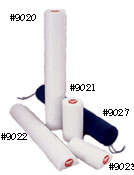
Foam Roller/IT Band
For a more detailed explanation and a list of more foam rolling exercises refer to the following link:
Explanation:
According to Gray Cook, PT, author of the best selling book, "Athletic Body in Balance", The Toe Touch Progression simply teaches relaxation of the lower back and how to shift weight from the heels to the toes in a smooth and consistent fashion.
If you can't touch your toes, this is an indicator that your low back is too tight and can impede proper form on the squat incidentally.
When you perform the Toe Touch Progression, your feet should be 'locked' together which forces you into a HIGH ARCH position. And with your toes elevated (on the 1/2 foam) you bias a stretch to the gastroc/soleus (calf) and SHUT DOWN the plantar flexors. At the same time by adducting the legs (squeeze towel between knees) it turns on the anterior structures of the core and through reciprocal inhibition you shut off the external rotators of the hip and low back as well as the hip extensors (buttocks and hamstrings).
This is like magic, you should see immediate increases in range of motion in your posterior muscles (calves, and hamstrings), unless of course there is some other pathology that exists. Click on the thumbnail for more details.
Toe Touch/Toes on Foam
Toe Touch/Heels on Foam
1. LTR/Feet on Ground
2. LTR/Feet off Ground
3. LTR/Legs Straight
4. UTR/in half kneeling
5. Clam Shell
6. Clam /Hips Elevated
7. Bridge/elbow & Ankle
8. Bridge/Elbow/ankle/lift top leg
9. Side Sit Up on Bosu
10. Side sit on Stability Ball
FOAM ROLL EXERCISES
TOE TOUCH PROGRESSION
TUBE WALKING
Using 'Mini-bands' has become a popular exercise in the gyms today. When attaching the band at the ankles and walking sideways (as shown below) is a great way to target your hips and butt (the gluteus medius & gluteus maximus). These muscles are very important for stabilizing your hips, not to mention, the 'toning' effect this exercise has on your hips and butt.
Activating the Glutes prior to the exercise program, is an excellent warm-up and more importantly, prepares the neuromuscular system to recruit these very important muscles when performing strengthening exercises. The 'Glutes" have the ability to stabilize the hips as well as 'steer' your knees in the proper position thus having the potential to properly align the knees during exercise and sporting activities.
Tube Walking
Tube Walking with 'static' External Rotation and Retraction of shoulder

